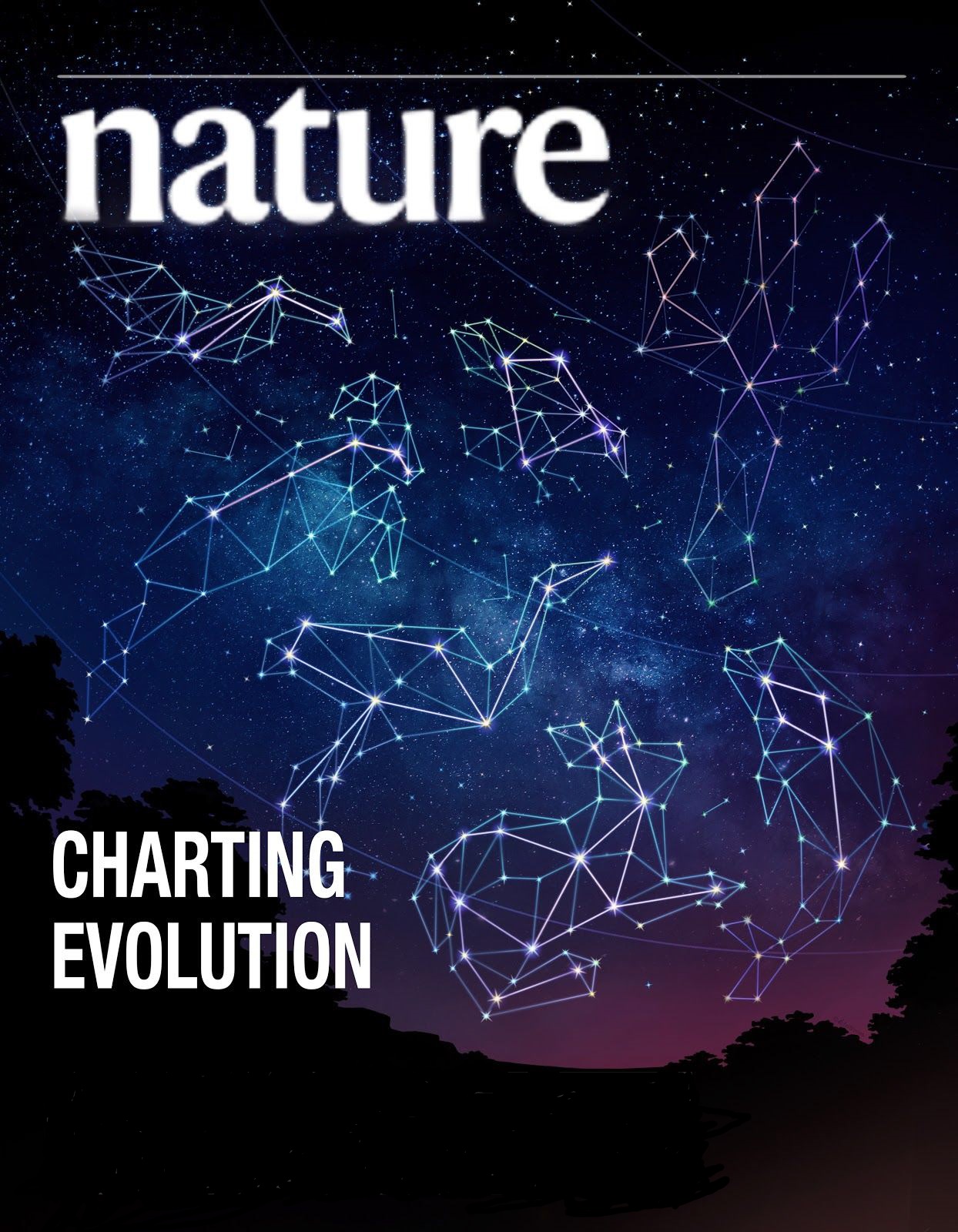
San Diego Zoo Global Biobanking Advances Wildlife Conservation and Human Medicine Worldwide
In a study that has unprecedented implications to advance both medicine and biodiversity conservation, researchers have sequenced 131 new placental mammal genomes, bringing the worldwide total to more than 250.
The results of the mammal genome project, published in the Nov. 12 issue of the journal Nature, catalog and characterize whole branches of Earth’s biodiversity, spanning approximately 110 million years of mammal evolution—the largest and most diverse mammalian comparative genomics project to date. Oliver Ryder, Ph.D., Kleberg endowed director of Conservation Genetics at the San Diego Zoo Institute for Conservation Research, is one of the project’s co-authors. He says that while the genetic material biobanked in San Diego Zoo Global’s Frozen Zoo® has benefited his organization’s conservation efforts, “Little did we know how broadly it would impact humankind.”
While museum specimens were found to be mostly inadequate—because the most powerful sequencing technologies require large amounts of DNA and intact cells—San Diego Zoo Global’s biobank contains 10,000 living cell cultures representing nearly 1,200 taxa, including more than 310 species classified as vulnerable, endangered, critically endangered or extinct.
Ryder compares the genome project to the invention of the microscope. “Before the microscope, we couldn’t see what was going on inside of a cell. Now, we’re viewing life from an entirely new perspective. DNA carries instructions, and now we’re able to read those.”
The study identifies genetic innovations that seem to protect certain animals from diseases like cancer and diabetes. It also pinpoints genomic elements that have remained unchanged across millions of years of evolution, which predict where mutations are likely to be associated with risk of disease, and could reveal new avenues of therapeutic development.
Important new findings for conservation have emerged for species conservation, too. “Genome sequences for endangered species can help identify a species’ extinction risks and steer conservation efforts,” says Megan Owen, Ph.D., corporate director of wildlife conservation science at San Diego Zoo Global. “They also give wildlife officials tools to apprehend poachers and wildlife traffickers.” For this study, researchers prioritized endangered species like the Russian saiga, the black rhinoceros, the Pacific pocket mouse and the Peninsular bighorn sheep, among other species.
The study, authored by 71 collaborating scientists across the United States and the European Union, was funded by the National Human Genome Research Institute and National Institutes of Health. Published in the Nov. 12 issue of Nature, the study catalogs and characterizes whole branches of Earth’s biodiversity, spanning approximately 110 million years of mammal evolution—the largest and most diverse mammalian comparative genomics project to date. Other San Diego Zoo Global researchers who co-authored the project include Cynthia Steiner, Ph.D., associate director of Conservation Genetics; Marlys Houck, curator of the Frozen Zoo®, Biodiversity Banking; and researcher Leona G. Chemnick, retired. It is anticipated that the data from this project will be utilized in a variety of ways for years to come. Data are available for download at ncbi.nlm.nih.gov/assembly/, with no restrictions on their use in research or publications.
Image credit: journal Nature














